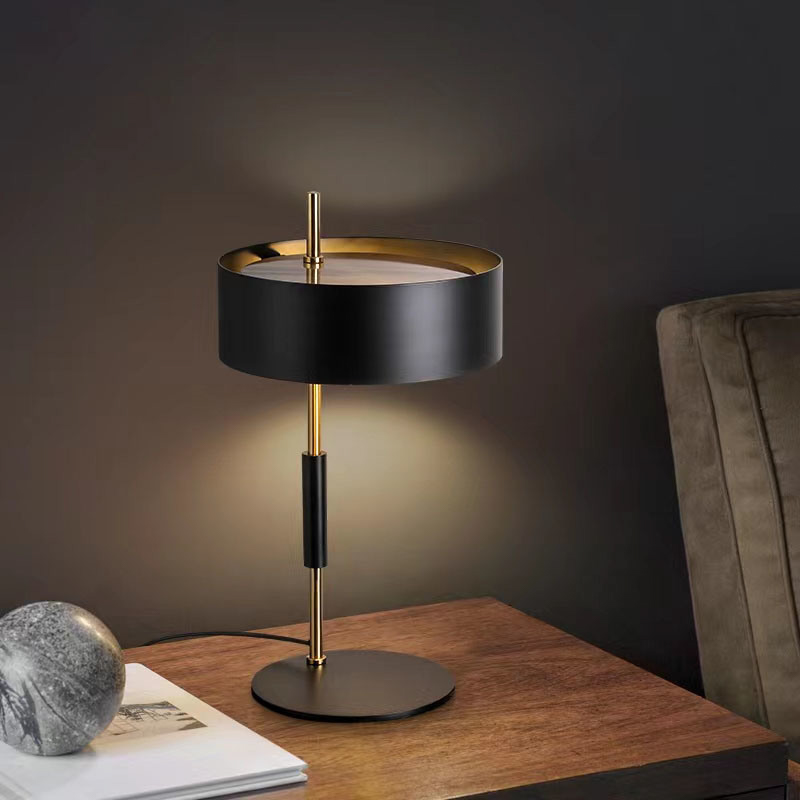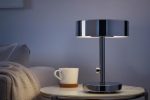A sloped ceiling in the kitchen can add interest to the space but can also present a lighting challenge. The uneven surface can make it difficult to install traditional fixtures, and improper lighting can make the room feel dark and cramped. However, with the right approach and fixtures, a sloped ceiling can be an opportunity to create an inviting and functional kitchen.
Consider the Slope
When planning your kitchen lighting, it’s important to take the slope of the ceiling into account. A steeply sloped ceiling may require different fixtures than a shallow angle. Additionally, it’s essential to consider how the light will be distributed in the space. A ceiling-mounted fixture might cast shadows on the walls, or a pendant light may angle the light downwards, creating uneven pools of light.
Choose Lighting Types
There are many options when it comes to kitchen lighting, but some are better suited for a sloped ceiling than others. Here are some lighting types to consider:
- Recessed lighting: A popular choice for sloped ceilings, recessed lights can be installed at an angle to match the slope of the ceiling, ensuring even lighting. They can create a streamlined look and provide general illumination throughout the room.
- Pendant lights: Pendants can be hung from the ceiling at any length, making them a good choice for sloped ceilings. They can be used to direct light downward and create a focal point over an island or dining table.
- Ceiling-mounted lights: Even though ceiling-mounted lights might cast shadows on the walls, they can still be used to provide general overhead lighting in a sloped-ceiling kitchen. In some cases, fixtures with adjustable arms or swivel bases can be used to direct light where it’s needed.
- Track lighting: Track lighting can be installed along a sloped ceiling, directing light where it’s needed. It’s a versatile option that allows you to adjust the direction of light depending on your needs. Also, track lighting can create a sleek and modern look to your kitchen.
Consider the Bulb Type
Once you’ve chosen the type of lighting you’ll use, you need to consider the type of bulbs that will work best. There are different types of bulbs, such as LED or halogen. Here are some factors to consider when choosing your bulb type:
- Color temperature: The color temperature of the bulbs you choose can have a big impact on the feel of the room. Warm light (2700K-3000K) can create a cozy and inviting atmosphere, while cooler light (4000K-5000K) can create a bright and energetic feel.
- Energy efficiency: Choosing energy-efficient bulbs could potentially reduce your energy consumption and save you money on your electricity bill. LED bulbs are known to be the most energy-efficient.
- Dimming functionality: If you want to be able to adjust the brightness of your lights depending on the time of day, consider installing bulbs that are dimmable.
A sloped ceiling can be a challenge to light, but with the right fixtures and approach, it can be a unique and exciting feature in your kitchen. By considering the slope and distribution of light, choosing the right types of lighting and bulbs, you can create a well-lit and functional space that highlights the best features of your sloped ceiling.




